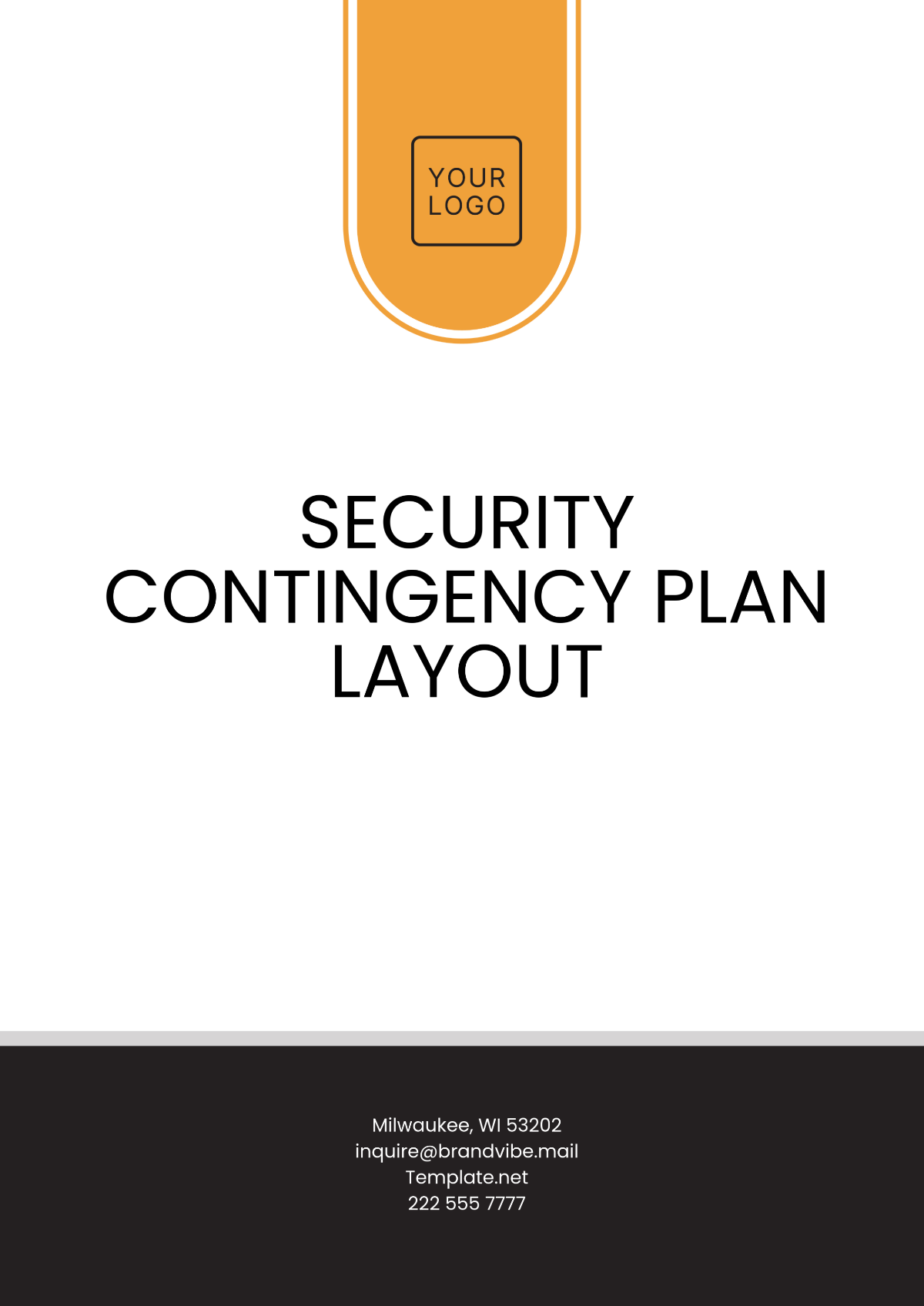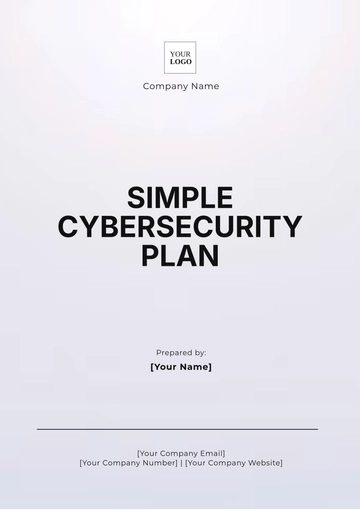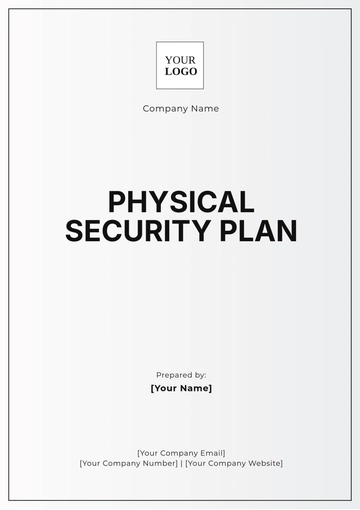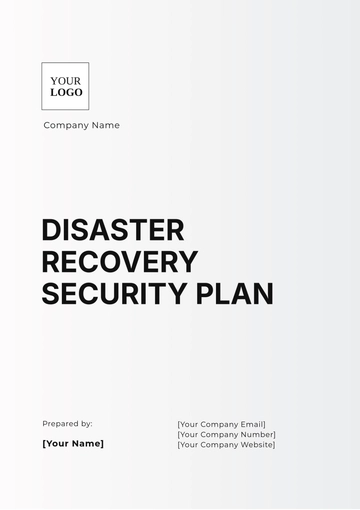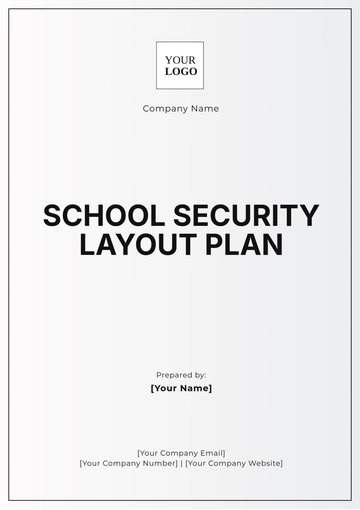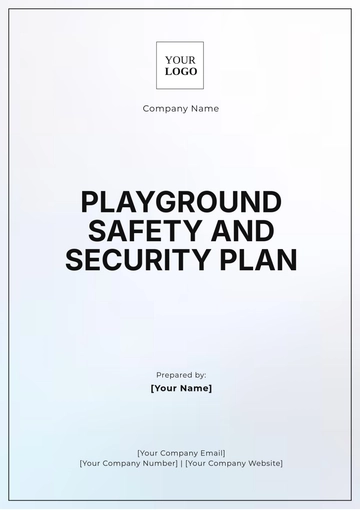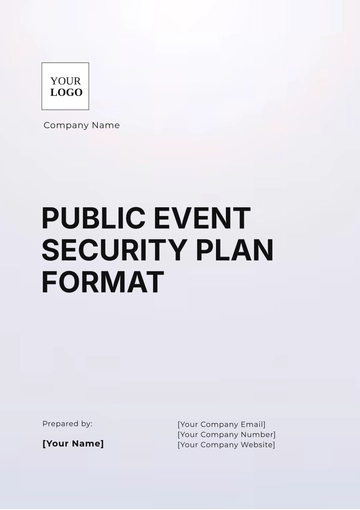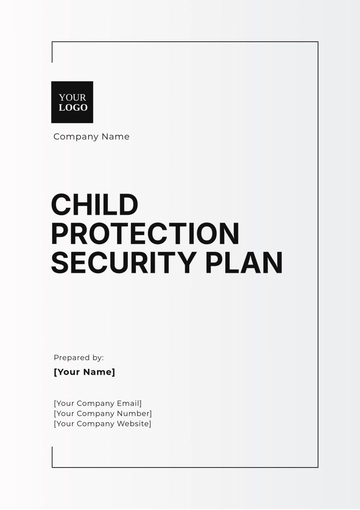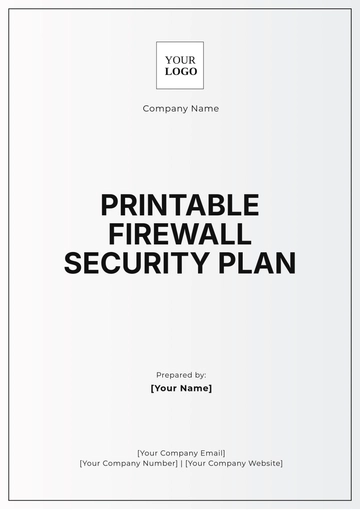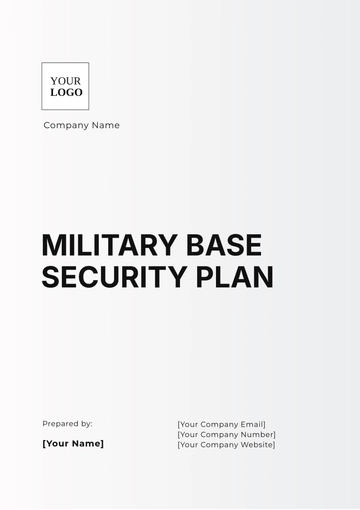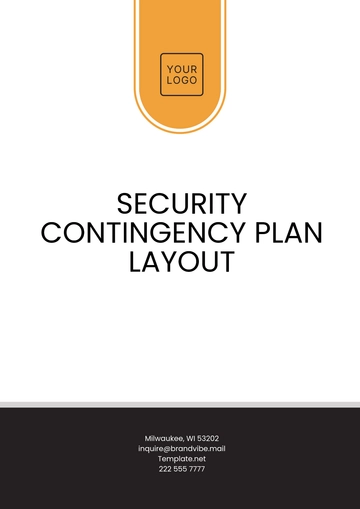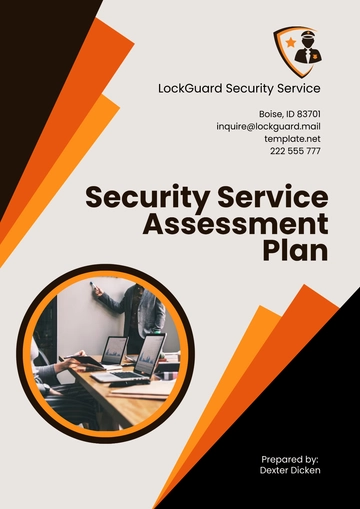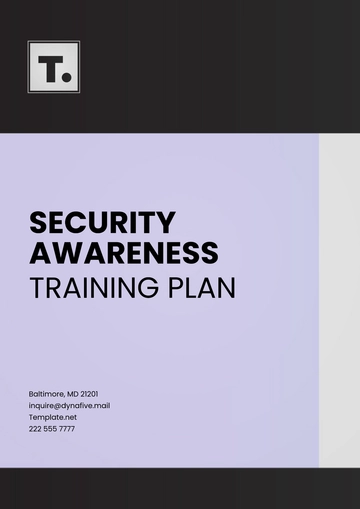Security Contingency Plan Layout
Prepared By: [Your Name]
Date: June 18, 2060
I. Introduction
State the organizational context, including the systems, operations, and processes covered by the plan.
II. Risk Assessment
Identify potential threats (e.g., cyberattacks, disasters, equipment failure).
Evaluate the likelihood and potential impact of each identified threat.
Rank the risks from high to low, prioritizing those that need immediate attention.
Document any existing vulnerabilities that could be exploited in a security incident.
III. Incident Response Procedures
Outline the steps to detect and assess security incidents.
Define the roles and responsibilities of the incident response team.
Develop protocols for threat management.
Create recovery procedures for each incident type, specifying resolution timelines.
Specify how to document and report incidents for future analysis.
IV. Roles and Responsibilities
List the key personnel involved in the Security Contingency Plan, such as security team members, IT staff, management, and external partners.
Define the specific responsibilities of each team member during an incident (e.g., team leader, incident handler, communications coordinator).
V. Communication Plan
List the different methods available for communication, such as email, telephone, and emergency communication systems, among others.
Define the message templates for different scenarios, such as informing employees, customers, or regulatory authorities.
VI. Business Continuity Strategy
Identify critical business functions that must be maintained during a security incident (e.g., customer support, data access, essential services).
Determine resource requirements (e.g., backup systems, personnel, facilities) to sustain business operations.
VII. Recovery and Restoration
Specify the tools and resources necessary for system recovery, including backups, hardware, or third-party services.
VIII. Testing and Drills
IX. Plan Maintenance
Plan Templates @ Template.net
